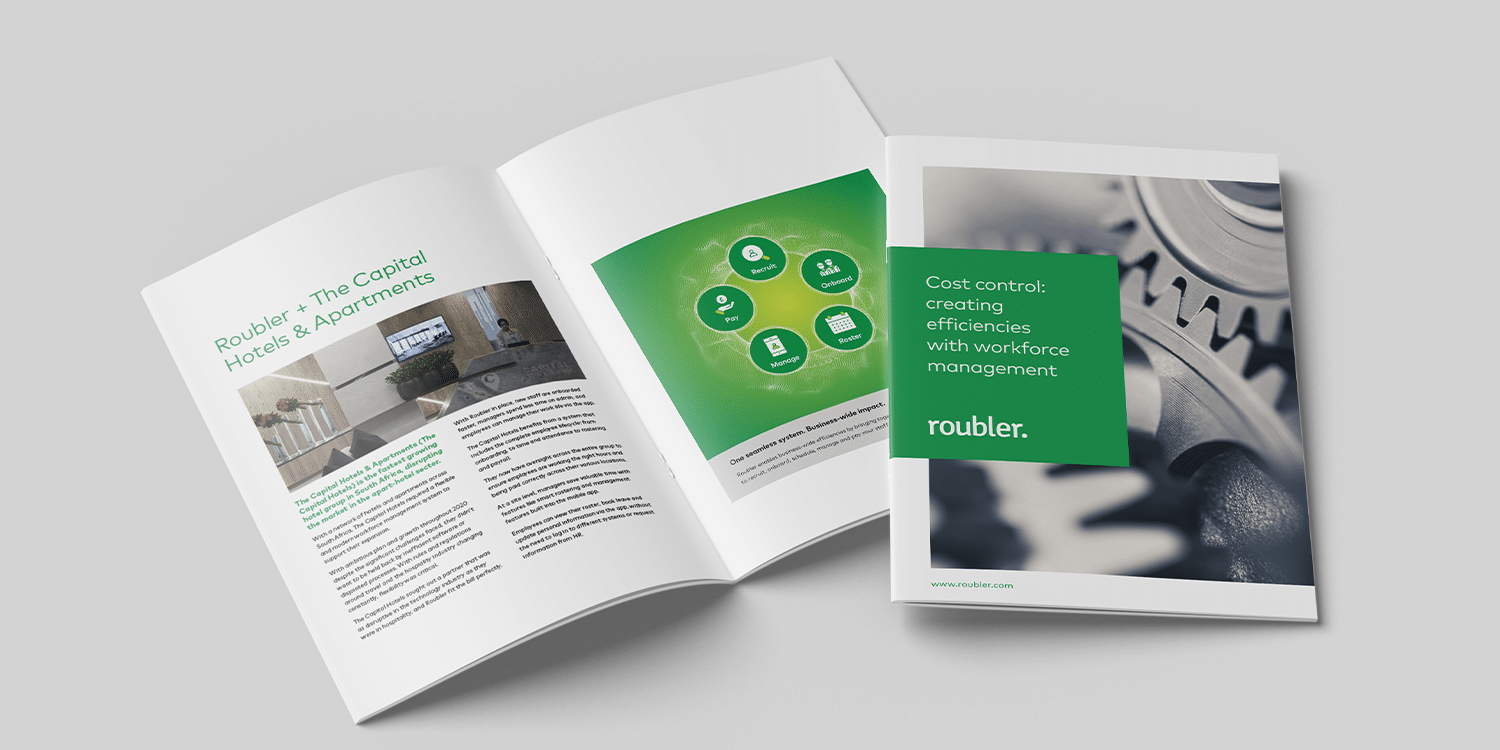
The tug-of-war between cost and culture
The role of a HR professional is ever-changing and ever-challenging, but never more than through the Covid-19 pandemic, as any preconceived notions of how a workplace or workforce operates have been flipped on their head.
In general, the most successful businesses were quick to react to the unique challenges presented by the pandemic. Traditional consumer-facing and shift-based businesses such as retail, hospitality and manufacturing had to rapidly adjust their approach to react to lockdowns and accommodate shortfalls in demand. Office-based businesses had to quickly prepare their workforce for remote work.
Regardless of industry or circumstance, transitioning to flexible working practices prompted many businesses to realise the true importance of establishing a healthy workplace culture. After all, according to recent research from Deloitte, 94% of executives believe a strong workplace culture is essential to business success.
While the desire to build a thriving culture exists in most businesses, the commercial realities of coping with the macro challenges at hand often need to take precedence. This makes the role of HR professionals even more difficult, as they deal with opposing priorities and strive to strike a balance between cost and culture.
Right now, businesses are faced with several compounding macroeconomic challenges. Globally, we are seeing reports of fuel price inflation, supply chain chokeholds and staff shortages, to name a few. These challenges are inflating operational costs and draining resources, while restrictions, regulations and the fear of Covid-19 and its new variants are simultaneously reducing customer footfall and revenue across multiple industries.
This has resulted in a desperate need for businesses to manage their cash flow better and reduce operational expenditure where possible. This raises some key cultural issues for HR professionals. For shift-based workforces, staffing cuts have been necessary to preserve cash. Even if they are handled well, the ripple effects of redundancies and layoffs typically have significant ramifications from a cultural perspective.
When human considerations are put aside in favour of financial imperatives, tension can grow between HR and financial professionals. While each department may have different drivers, the two are not mutually exclusive, and executives need to understand how the two teams working in tandem can drive lasting sustainability and success.
Workforce management software such as Roubler can help align HR and financial teams, offering a single solution to drive the effectiveness of shift-based workforces, highlight inefficiencies and prevent cash flow leaks or cost blow-outs.
Having end-to-end visibility over the entire employee lifecycle – from recruitment to rostering and payroll – with real-time data and efficiency statistics helps HR professionals communicate overall performance across the C-suite.
It also enables the HR professionals to be involved in business-wide decision making, particularly in areas they may not traditionally have been involved with such as reducing expenditure. Having full visibility over operational performance helps identify the areas where costs can be reduced, or new efficiencies can be found. For example, staffing costs can be more effectively managed by understanding hourly breakdowns of rostering costs and adjusting accordingly, where previously the only consideration may have been where to reduce headcount.
Workforce management features such as Roubler’s employee self-service drive employee engagement, enabling employees to take ownership of their duties and businesses to make strides towards building a healthy workplace culture. According to Gallup’s workplace survey, businesses with engaged employees see an 18% increase in productivity, 23% increase in profitability and 81% lower absenteeism.
The power of having an all-in-one workforce management software solution means HR and finance professionals can finally be aligned in their decision-making approach. Roubler enables professionals to take a data-driven, analytical and rational approach to decisions that impact the entire workforce.
Businesses using Roubler see productivity and efficiency increased, time theft reduced, administrative tasks reduced by up to 81% and, ultimately, harmony between their HR and finance departments.
If you would like to learn more about Roubler and how it can help create harmony between HR and financial departments, then please read the whitepaper Cost control: creating efficiencies through workforce management.

